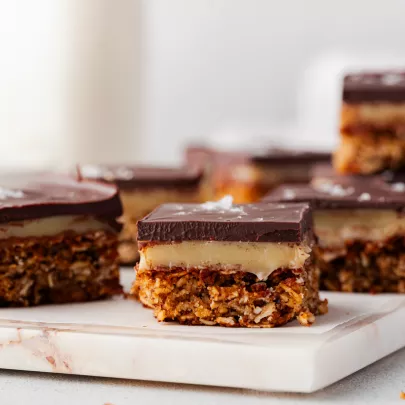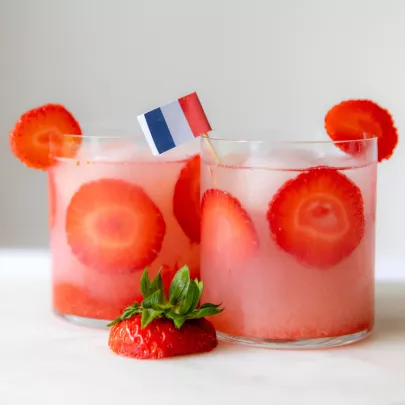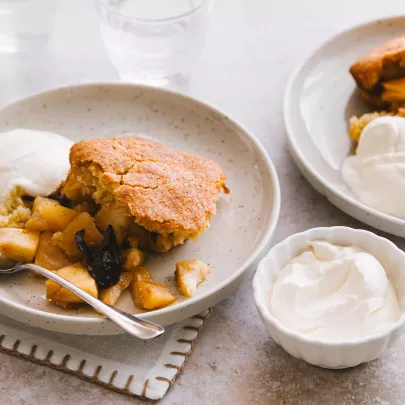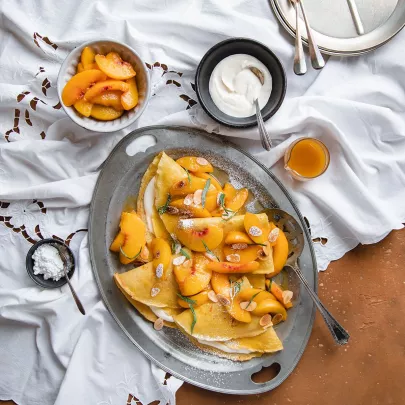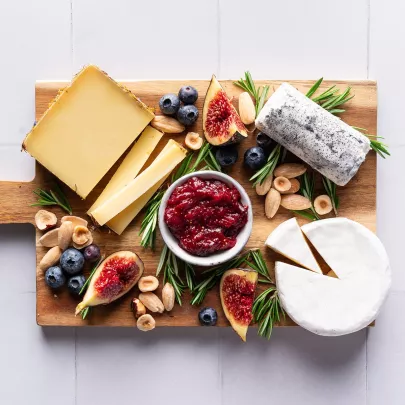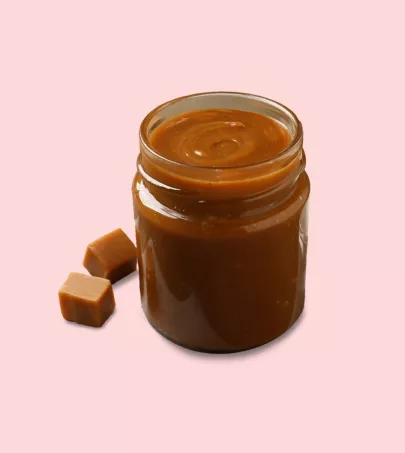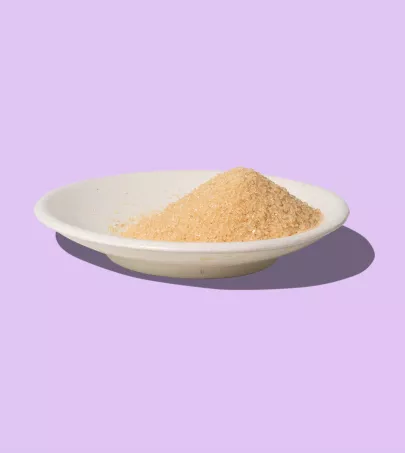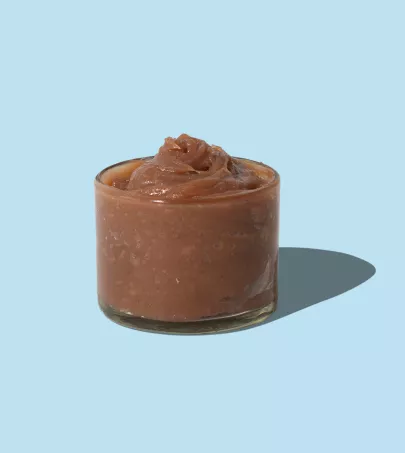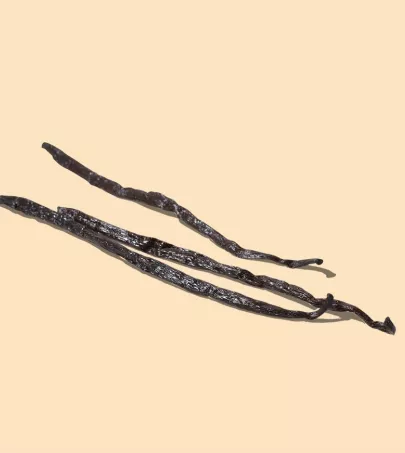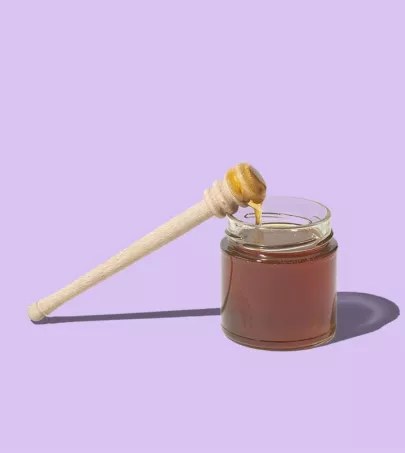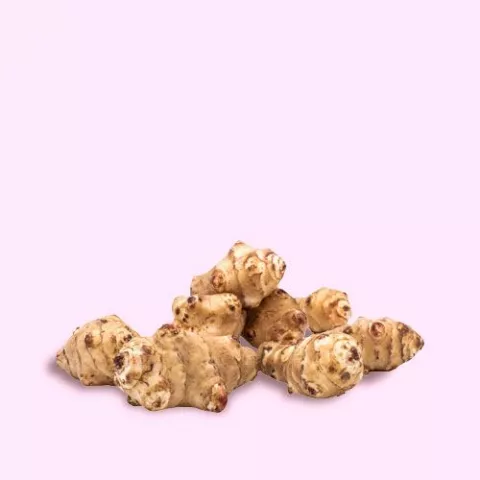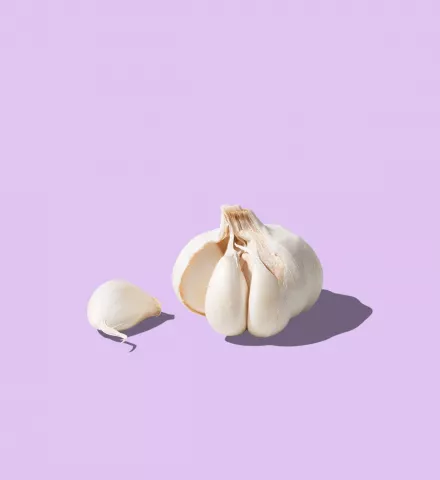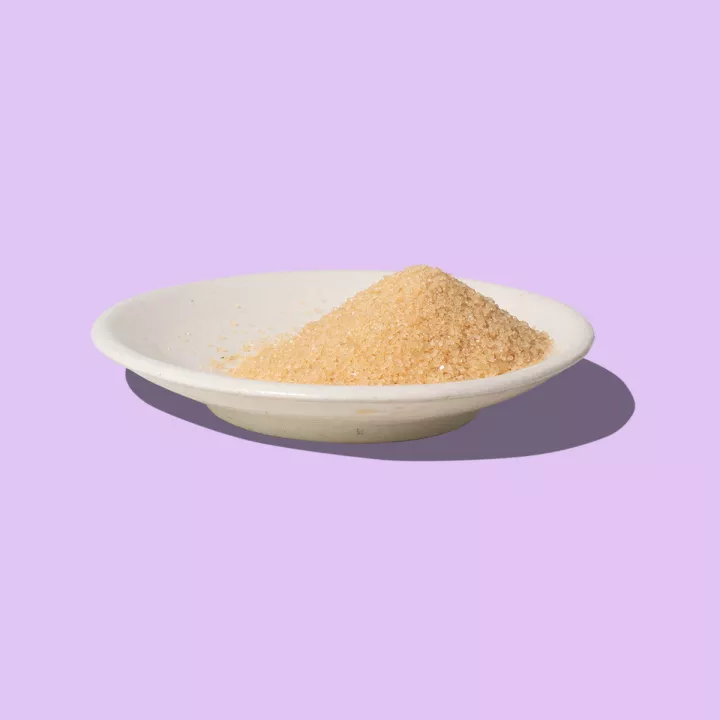
With its characteristic aromas of cinnamon, rum and caramel, Guadeloupe cane sugar is made by processing sugar cane. The local expertise in this technique stretches back to the 17th century.
What you need to know
The farming of sugar cane in Guadeloupe began in the late 17th century, with the arrival of Dutch Jews forced to flee Brazil by the Portuguese. They knew how to process sugar cane and taught it to the French, who then established their own sugar plantations. Nowadays there are 3,500 sugar cane producers in Guadeloupe, served by just 2 remaining sugar refineries. 90% of the sugar cane is used to produce sugar, with the remaining 10% being used to make rum. In Guadeloupe, it takes between 9 and 12 months for the plant to reach maturity. The sugar is stored in the stalk, under the waxy bark. The sugar cane is harvested between February and June by cutting the stalks, with care being taken to leave the bottom part to allow the plant to regrow. Once harvested, the crop must be taken to the sugar refinery within two days, as the sugar level drops quickly. Next, the stalks are gradually crushed in mills, to extract up to 96% of the sucrose. The resulting cane juice, which is known as "vesou", contains lots of impurities and must then undergo several processes, such as the addition of warm milk and reheating. The juice is then decanted, filtered and transferred to evaporators to obtain a syrup. Crystallization then takes place in a boiler. The resulting crystals are passed through a centrifuge to obtain the finished product.
Characteristics
Look
Taste
Nutritional benefits
Brown sugar has comparable nutritional values to white sugar but contains more mineral salts. It provides instant energy through sucrose.
Editor's note
How to use
Tasting Tip Cane Sugar
Cane sugar can be used to sweeten drinks and in cooking, for cakes and pastries. It is also an essential ingredient in Ti'punch, Mojito and Caipirinha cocktails.
Pair with
Exotic fruit, chocolate, vanilla.

